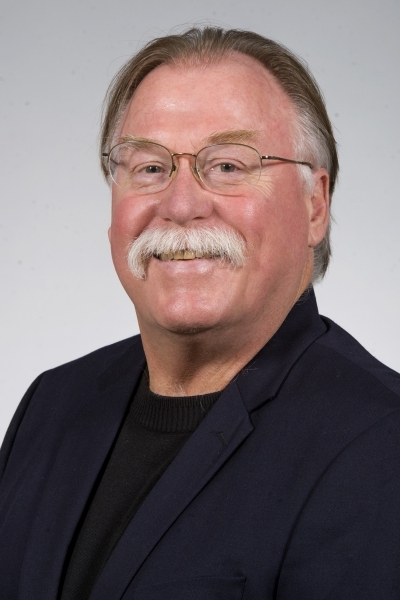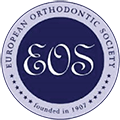
Peter Buschang, USA
Curriculum vitae
Professor Buschang is Regents Professor and director of orthodontic research at Texas A&M University Baylor College of Dentistry. After receiving his PhD from the University of Texas at Austin, he was a NIDR postdoctoral fellow in the Department of Orthodontics University of Connecticut Health Science Center and then a FRSQ scholar in the Orthodontic Section and Human Growth Research Center at the University of Montreal.
His research interests focus on craniofacial growth, developmental adaptations to orthodontic and surgical treatment and oral-motor function. He has published over 285 peer-reviewed articles, several books, and numerous book chapters. Professor Buschang has given over 140 invited lectures and workshops throughout the world, and has served as associate editor for several journals. He is the only person to hold honorary memberships in both the American Association of Orthodontists and the Edward H. Angle Society. He was recently honoured with the Peter H. Buschang Endowed Professorship.
Lecture
Surgically Assisted Faster Tooth Movements – What Does the Evidence Say?
Over the past few years, various adjunctive surgical procedures have been introduced to facilitate tooth movements and enhance bone formation. Some of them enhance tooth movements and produce new bone, others do not! It will be shown that corticotomies enhance tooth movements. While tooth movements are faster, the duration of the effects are more limited than commonly thought. Most important, changes in rates of tooth movement depend on the extent of the injury. The greater the injury, the greater the bony effects, and the greater the tooth movements. It will also be shown that periosteal blood supply is fundamentally important for faster tooth movement, which is why flap surgery alone enhances tooth movement. Procedures that attempt to injure cortical bone without flap surgery – the less invasive approaches - are more problematic. Unless flapless procedures substantially injure both the cortical and medullary bone, rates of tooth movement should not be expected to increase. Finally, it will be shown that the belief that teeth can safely be move buccally when corticotomies are performed along with grafts needs be reconsidered.



